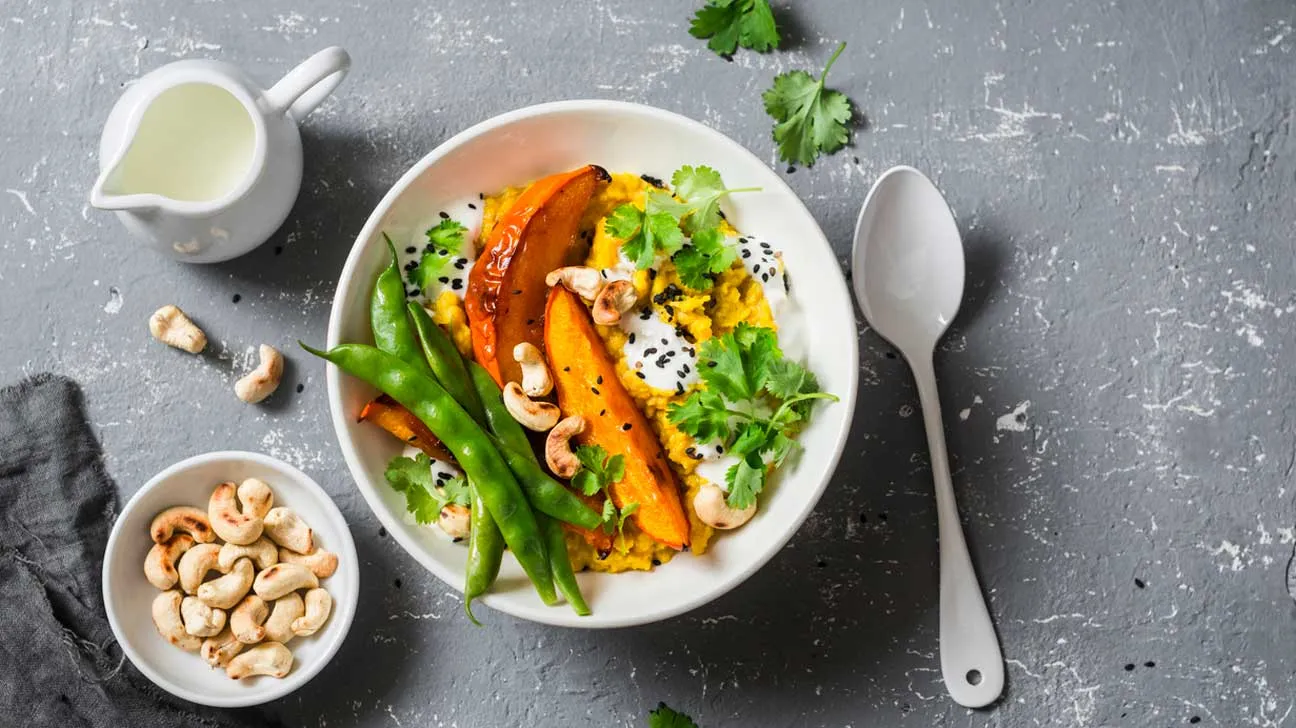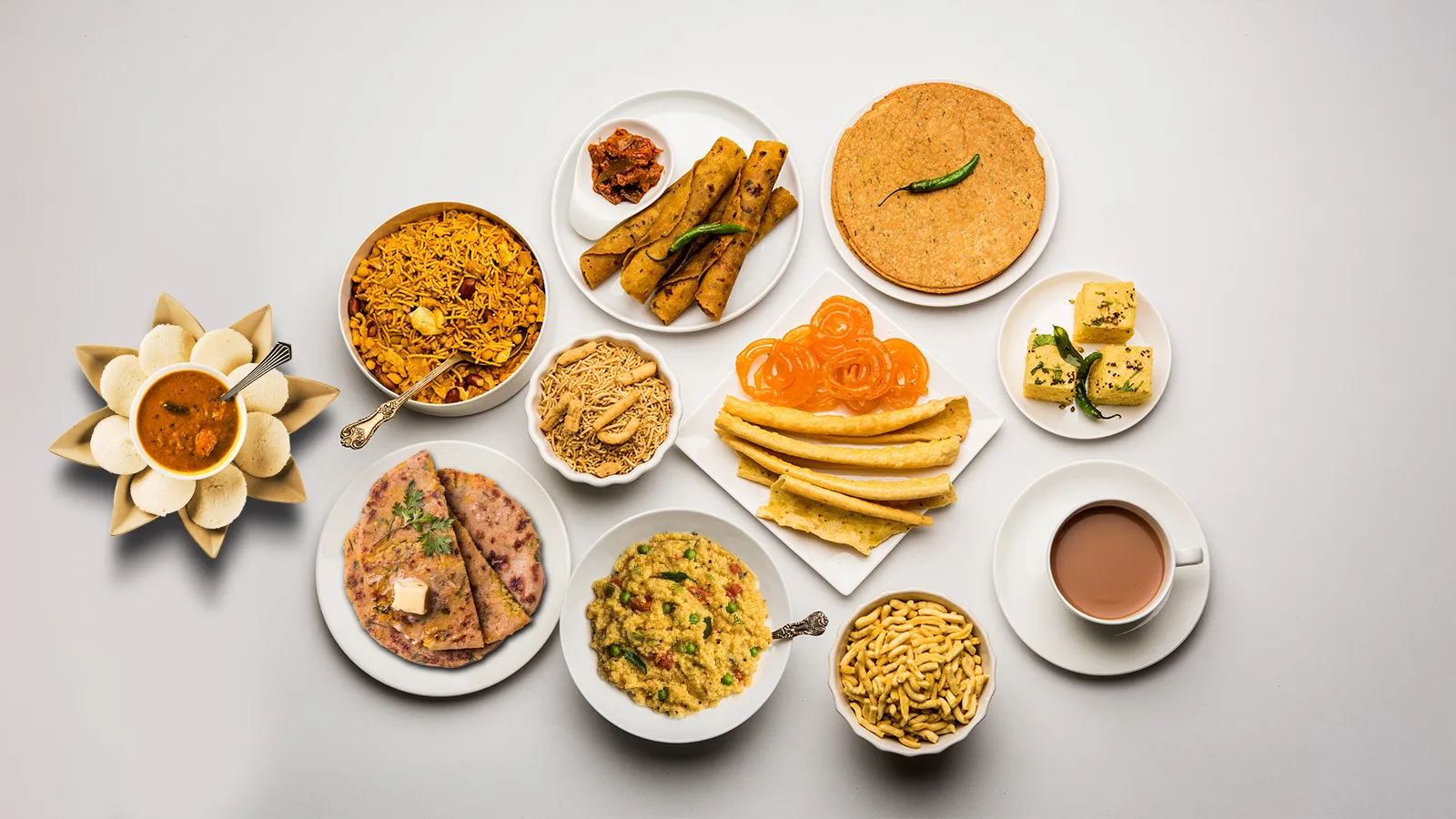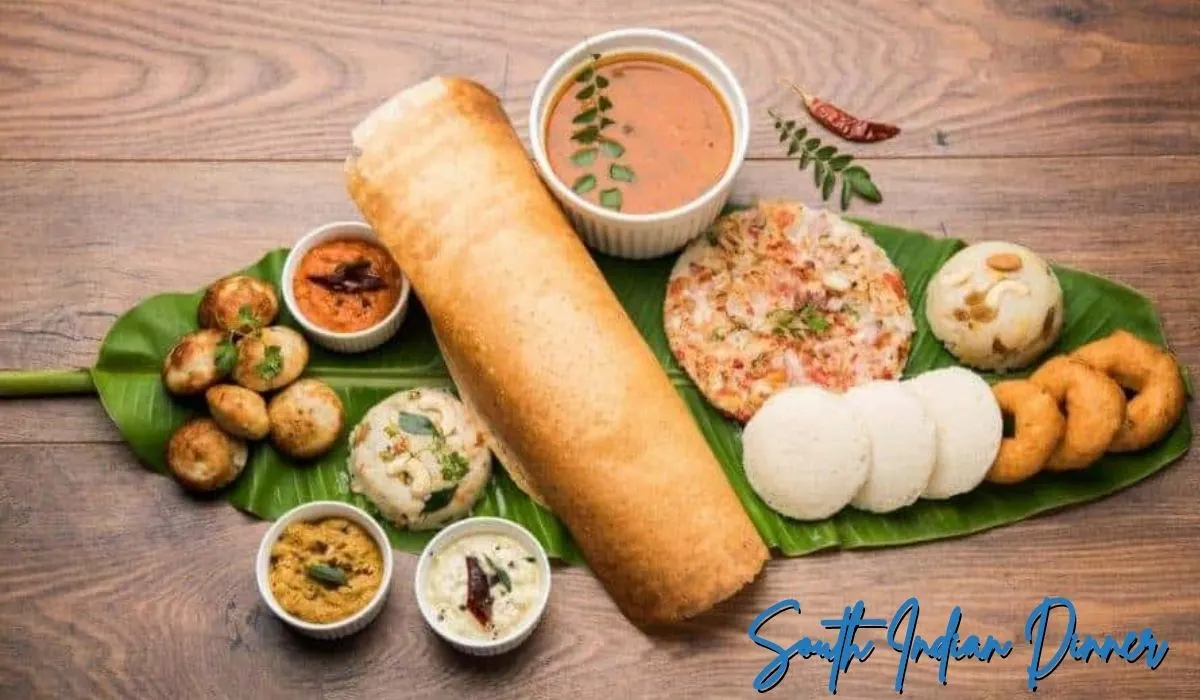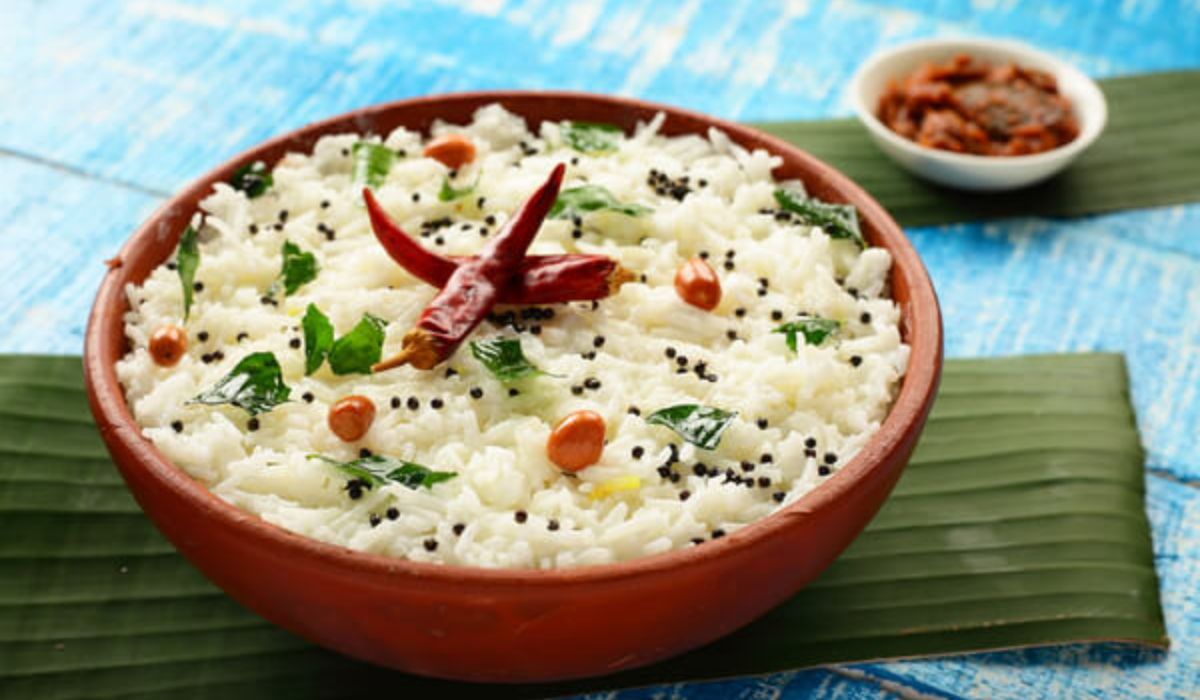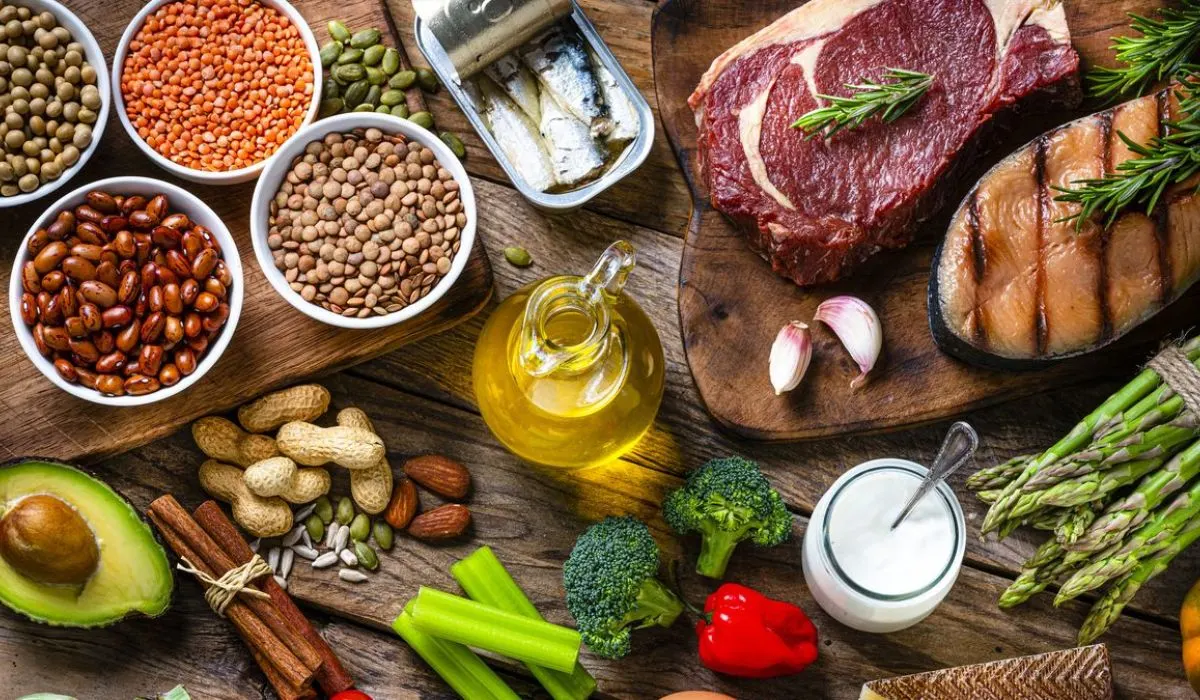Are you looking for delicious ways to shed those extra pounds? I've been there! After trying countless diets, I discovered that Indian cuisine offers amazing options for weight loss that are both flavorful and satisfying. In this article, I'll share the best Indian foods for weight loss that helped me transform my health while enjoying every bite.
Best Indian Food for Weight Loss: My Personal Experience
When I first decided to lose weight, I was worried I'd have to give up the foods I love. But discovering healthy Indian recipes changed everything for me! Indian cuisine uses spices and cooking methods that can actually boost metabolism and help with fat burning.
I found that traditional Indian diet plans focused on balanced nutrition long before modern diet trends. By incorporating these foods into my daily meals, I not only lost weight but also improved my overall health.
How Traditional Indian Food Supports Weight Loss
Indian cuisine has been recognized worldwide for its health benefits. The ancient science of Ayurveda, which forms the foundation of many Indian cooking practices, emphasizes eating according to your body type and needs.
What amazed me was learning how Indian spices for weight loss like turmeric, cumin, and ginger not only make food taste amazing but also have metabolism-boosting properties. These ingredients became my secret weapons in fighting unwanted pounds!
The Power of Spices in Indian Weight Loss Recipes
The spices that give Indian food its distinctive flavor do more than just taste good. Many have properties that:
- Speed up metabolism
- Reduce inflammation
- Control blood sugar levels
- Improve digestion
I noticed that adding more curry leaves and turmeric to my meals helped me feel fuller longer, which naturally reduced my calorie intake.
Best Indian Breakfast Ideas for Weight Loss
Starting your day with the right foods sets you up for success. I discovered that traditional Indian breakfast options can be incredibly helpful for weight management.
Poha: The Light and Nutritious Morning Meal
Poha (flattened rice) quickly became my go-to breakfast. It's light, filling, and incredibly versatile. I love adding vegetables, peanuts, and a squeeze of lemon to mine for extra nutrition and flavor.
A typical serving contains around 270 calories but offers protein, complex carbs, and essential vitamins that kept me energized until lunch. I found that including poha in my weight loss diet helped control mid-morning cravings.
Daliya: The Protein-Packed Powerhouse
Daliya (broken wheat upma) is another breakfast champion I discovered. Rich in fiber and protein, it keeps hunger at bay for hours. I often add vegetables like carrots, peas, and beans to boost its nutritional profile.
What I love about daliya is how it provides steady energy release throughout the morning, unlike sugary breakfast options that cause energy crashes.
Besan Chilla: The Protein-Rich Pancake
Looking for an Indian breakfast for weight loss that feels indulgent? Besan chilla (gram flour pancakes) became my weekend favorite. They're like savory pancakes but packed with protein and fiber from the gram flour.
I top mine with chopped tomatoes, onions, and a sprinkle of chat masala. At just about 150 calories per chilla, they're a filling breakfast option that supports weight loss goals.
Lunch Options That Support Weight Loss
Lunchtime can be challenging when trying to lose weight. I found these Indian lunch recipes for weight loss to be satisfying while helping me stay on track.
Khichdi: The Complete Balanced Meal
Khichdi combines rice and lentils in a one-pot meal that's easy to digest and nutritionally complete. I was surprised to learn that this simple dish provides all essential amino acids when rice and dal are combined!
Adding vegetables to my khichdi increased its fiber content, which helped me feel full longer. This balanced Indian meal became my lunchtime savior on busy days.
Roti with Daal: The Perfect Protein-Carb Combo
Switching from white rice to whole wheat roti made a huge difference in my weight loss journey. Paired with a bowl of masoor dal or moong dal, this meal provides complex carbohydrates and lean protein.
I found that this combination kept me satisfied for hours while providing steady energy for afternoon activities. The high fiber content in both roti and dal also supports digestive health and prevents bloating.
Vegetable Pulao: The Fiber-Rich Alternative
When I craved rice, vegetable pulao became my go-to alternative to plain white rice. By loading it with vegetables and using brown rice instead of white, I created a fiber-rich meal that supported my weight loss goals.
The mix of vegetables and spices makes this dish nutritious and satisfying. I often pair it with a small bowl of raita to add probiotics to my meal.
Dinner Choices for Sustainable Weight Loss
I discovered that keeping dinner light but satisfying was key to my weight loss success. These Indian dinner options for weight loss became my evening favorites.
Vegetable Soup: The Comforting Starter
Starting dinner with a bowl of Indian-style vegetable soup helped me eat less of the main course. I love adding ginger, garlic, and a pinch of garam masala to boost flavor and digestive benefits.
This simple habit of having soup first reduced my overall calorie intake while ensuring I got plenty of nutrients from the vegetables.
Baked Vegetables with Mint Chutney
Roasting vegetables with minimal oil and Indian spices creates a delicious, low-calorie dinner option. I pair these with a tablespoon of mint chutney for added flavor without the calories.
This combination provides essential nutrients while keeping the calorie count low, making it perfect for an evening meal for weight loss.
Grilled Paneer with Vegetables
When I needed more protein, grilled paneer (Indian cottage cheese) with vegetables became my dinner choice. Unlike fried paneer dishes, grilling uses minimal oil but preserves the protein content.
I discovered that paneer is actually a good source of conjugated linoleic acid (CLA), which some studies suggest may help with fat loss!
Healthy Indian Snacks for Weight Management
Snacking was my biggest challenge until I found these healthy Indian snacks for weight loss that kept hunger at bay between meals.
Roasted Chana: The Protein-Packed Munchies
Roasted chickpeas or chana are portable, crunchy, and satisfying. A small handful provides protein and fiber that helped me avoid unhealthy snacking.
I often season mine with a mix of spices like chaat masala or black pepper for extra flavor without added calories.
Dhokla: The Steamed Savory Treat
Dhokla is a steamed snack made from fermented rice and chickpea flour. I was amazed to learn that fermentation not only gives it a unique taste but also makes the nutrients more bioavailable!
At around 150 calories per serving, dhokla became my favorite evening snack with tea. The fermentation also makes it probiotic-rich, supporting gut health.
Buttermilk: The Cooling Digestive Aid
Spiced buttermilk or chaas is a traditional Indian drink that aids digestion and provides calcium and probiotics. I found that having a glass between meals helped control hunger and boosted my calcium intake.
Adding roasted cumin, mint leaves, and a pinch of salt makes this drink refreshing and supportive of weight loss efforts.
Herbs and Spices That Boost Metabolism
The secret weapon in Indian weight loss recipes is undoubtedly the spices. Here are some that became essential in my kitchen:
Turmeric: The Golden Healer
Turmeric contains curcumin, which has anti-inflammatory properties and may increase thermogenesis (heat production in the body), potentially boosting metabolism.
I started adding a pinch to almost everything I cooked and even developed a morning ritual of drinking turmeric tea with black pepper (which enhances curcumin absorption).
Cumin: The Fat Fighter
Cumin seeds (jeera) became my favorite spice for weight management. Research suggests it can help reduce body fat and improve insulin sensitivity.
I began most of my cooking by tempering cumin seeds in a teaspoon of oil, which adds tremendous flavor while potentially supporting fat loss.
Ginger-Garlic: The Dynamic Duo
Fresh ginger and garlic form the flavor base of many Indian dishes. Both ingredients may help boost metabolism and reduce inflammation.
I found that adding freshly crushed ginger and garlic to my meals not only enhanced flavor but also helped with digestion and reduced bloating.
Indian Cooking Methods That Support Weight Loss
The way food is prepared can significantly impact its calorie content. I discovered these healthy Indian cooking techniques that preserve flavor while reducing calories:
Steaming: Preserving Nutrients Without Extra Fat
Traditional Indian dishes like idli, dhokla, and modak use steaming, which preserves nutrients without adding extra fat. I invested in a good steamer and started experimenting with steamed versions of my favorite foods.
Tandoori Style: The Fat-Free Flavor Enhancer
Tandoori cooking traditionally uses a clay oven, but I recreate the effect with my oven at home. Marinating vegetables or paneer in yogurt and spices before baking gives amazing flavor without much oil.
This method became my favorite way to prepare vegetables and proteins with minimal added fat.
Dry Roasting: Maximizing Flavor Without Oil
Dry roasting spices and ingredients releases their essential oils and flavors without adding calories from cooking fats. I started dry roasting everything from spices to vegetables before adding minimal oil for cooking.
This simple technique helped reduce the overall fat content of my meals while maintaining all the delicious flavors.
My 7-Day Indian Diet Plan for Weight Loss
Based on my experience, here's a simple 7-day plan using the best Indian food for weight loss:
Day 1
- Breakfast: Poha with vegetables
- Lunch: Moong dal with one roti and cucumber salad
- Dinner: Mixed vegetable soup with a small serving of vegetable pulao
Day 2
- Breakfast: Besan chilla with mint chutney
- Lunch: Rajma (kidney beans curry) with brown rice
- Dinner: Baked vegetables with raita
Day 3
- Breakfast: Daliya upma with vegetables
- Lunch: Palak paneer (made with less oil) and one roti
- Dinner: Vegetable khichdi with a small bowl of yogurt
Day 4
- Breakfast: Vegetable upma
- Lunch: Chana masala with one roti
- Dinner: Tomato soup with grilled paneer salad
Day 5
- Breakfast: Multigrain idli with sambar
- Lunch: Yellow dal with one roti and salad
- Dinner: Baked masala fish with steamed vegetables
Day 6
- Breakfast: Oats porridge with nuts and seeds
- Lunch: Brown rice with kadhi and vegetable sabzi
- Dinner: Clear vegetable soup with multigrain roti and dal
Day 7
- Breakfast: Sprouted moong salad with lemon dressing
- Lunch: Ragi roti with pumpkin curry
- Dinner: Mixed vegetable curry with a small serving of rice
I found that this balanced approach provided variety while supporting my weight loss goals.
Expert Opinions on Indian Food for Weight Loss
I consulted several nutrition experts during my weight loss journey. Here's what they had to say:
"The beauty of traditional Indian cuisine for weight loss is its emphasis on complex carbohydrates, lean proteins, and an abundance of vegetables, all flavored with metabolism-boosting spices. When prepared with minimal oil, it can be one of the most balanced dietary approaches for sustainable weight management." — Dr. Anjali Mukerjee, Nutritionist
Ayurvedic practitioner Dr. Vasant Lad shared:
"In Ayurveda, we believe that how you eat is as important as what you eat. Mindful eating practices combined with properly spiced foods can improve digestion and help maintain healthy weight. Traditional Indian meals are designed to satisfy all six tastes—sweet, sour, salty, bitter, pungent, and astringent—which naturally helps control cravings."
These expert insights reinforced what I was experiencing myself—that Indian cuisine, when prepared correctly, can be a powerful ally in weight management.
Common Mistakes to Avoid When Using Indian Food for Weight Loss
Through trial and error, I discovered some pitfalls to avoid:
Overdoing Oil and Ghee
While ghee has health benefits, using too much can add significant calories. I learned to measure my oil and ghee instead of pouring freely, which made a huge difference in my calorie intake.
Portion Control of Carbohydrates
Indian meals typically include rice or bread, which can lead to carb overload. I started using smaller plates and limiting my roti to one or two per meal, focusing more on protein and vegetables.
Neglecting Protein Sources
Many vegetarian Indian meals can be carb-heavy. I made a conscious effort to include protein sources like dal, paneer, or curd in every meal to support muscle maintenance during weight loss.
How I Incorporated Exercise with My Indian Diet Plan
Food was just one part of my weight loss journey. I found that combining my healthy Indian diet with regular exercise amplified my results:
Yoga: The Perfect Complement
Yoga and Indian food share Ayurvedic roots. I found that morning yoga improved my digestion and helped me make better food choices throughout the day.
Poses like Surya Namaskar (Sun Salutation) became my morning ritual, boosting metabolism before breakfast.
Walking After Meals
Following the ancient Indian wisdom of taking a short walk after eating, I started walking for 15 minutes after dinner. This simple habit improved my digestion and helped prevent the post-dinner slump.
FAQs About Indian Food for Weight Loss
Throughout my journey, I've been asked many questions about using Indian food for weight loss. Here are the most common ones:
Is rice bad for weight loss?
Rice isn't inherently "bad," but portion control is key. I switched to brown rice or had smaller portions of white rice combined with plenty of vegetables and protein. Some days, I substituted rice with cauliflower rice for an even lower-calorie option.
Can I eat Indian sweets while trying to lose weight?
Traditional Indian sweets are typically high in sugar and ghee. I limited these to special occasions and found healthier alternatives like fruit with a drizzle of honey or dates stuffed with a small amount of nut butter for regular sweet cravings.
How can vegetarians ensure they get enough protein on an Indian diet?
Indian cuisine offers abundant vegetarian protein sources! I relied on lentils, beans, dairy (paneer and yogurt), and nuts. Combining different plant proteins throughout the day ensured I met my protein needs without meat.
My Final Thoughts on Using Indian Food for Weight Loss
My journey with Indian cuisine for weight loss taught me that healthy eating doesn't mean giving up flavor or satisfaction. The rich tradition of Indian cooking offers a treasure trove of nutritious, delicious options that support weight management goals.

